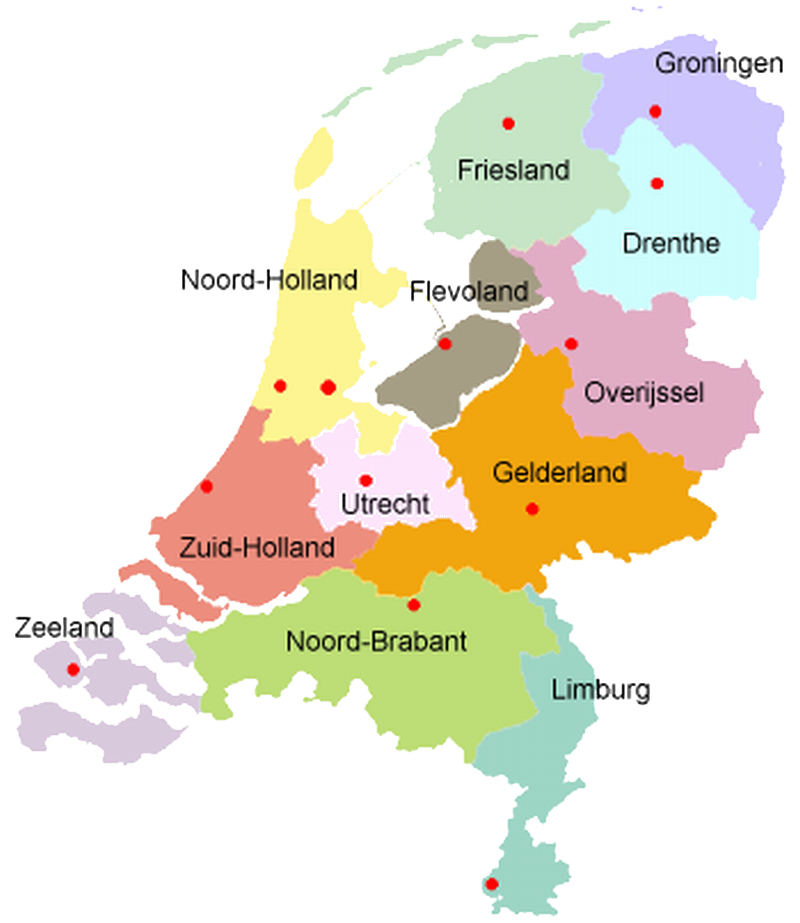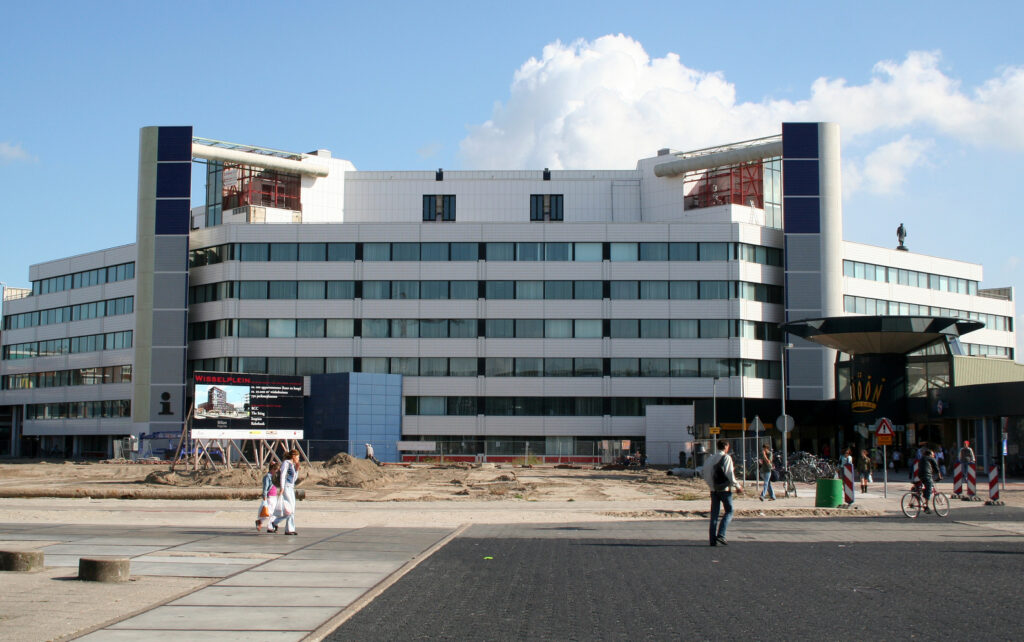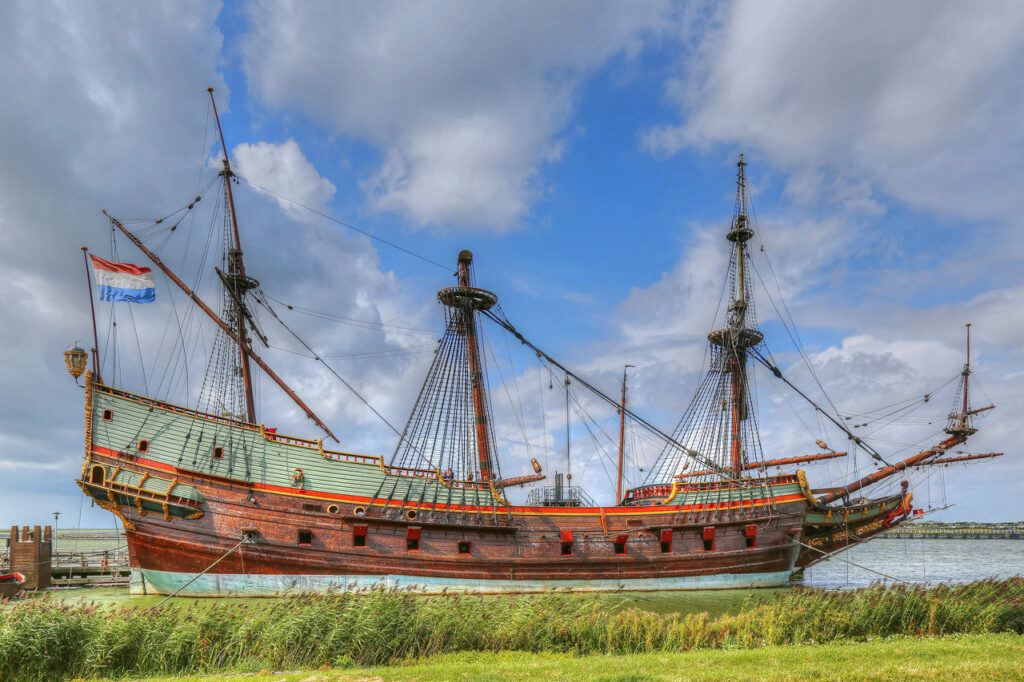lelystad
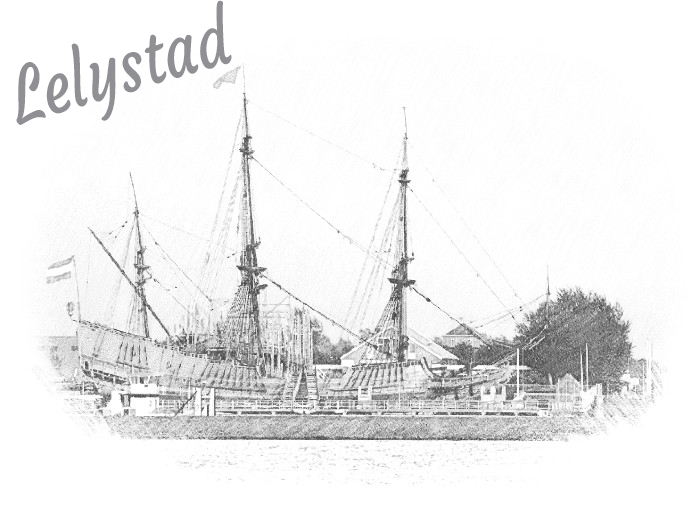
a Glimpse of rest Amidst Modernity
Lelystad stands as a testament to the harmonious blend of modernity and nature. This unique city, founded in 1967 on reclaimed land, offers a serene escape from the bustling pace of urban life while embracing contemporary comforts.
Lelystad’s charm lies in its strategic urban planning, seamlessly integrating green spaces and water bodies with well-designed infrastructure. The Batavia Quarter, a living museum, showcases the city’s maritime history with authentic ship replicas and interactive exhibits. The Oostvaardersplassen nature reserve, a stone’s throw away, beckons with its untamed beauty and diverse wildlife.
For aviation enthusiasts, the Aviodrome Aerospace Museum presents an impressive collection of historic aircraft, inviting visitors to embark on a journey through aviation history. Shopping enthusiasts need not feel left out, as Batavia Stad Fashion Outlet offers a range of premium brands at enticing prices.
Lelystad’s commitment to sustainability is evident in its pioneering initiatives, such as its energy-efficient residential areas and environmentally conscious urban development projects.
In Lelystad, a slower pace of life coexists with modern amenities, making it a city that invites exploration and relaxation in equal measure. Whether you’re fascinated by history, captivated by nature, or simply seeking a reprieve from the chaos, Lelystad offers a tranquil haven that captures the essence of balanced living.
Het tragische verhaal van de Batavia
The Batavia was a Dutch East India Company (VOC) ship that embarked on its maiden voyage in 1628. The voyage of the Batavia is particularly notable due to the tragic events that followed its departure.
The Batavia was a heavily armed ship, part of the VOC’s fleet, and it was headed to the Dutch East Indies (now Indonesia) to trade in spices and other valuable commodities. However, during the voyage, the ship ran aground on a coral reef near the Houtman Abrolhos Islands, off the western coast of Australia. This mishap led to one of the most infamous incidents of maritime mutiny and mass murder in history.
After the shipwreck, a group of survivors, led by a man named Jeronimus Cornelisz, began a reign of terror on the nearby islands. They killed many of their fellow survivors and attempted to establish their own rule. Eventually, the mutiny was thwarted, and Cornelisz and his followers were captured, tried, and executed.
The tragic tale of the Batavia has been the subject of numerous books, documentaries, and historical accounts. The shipwreck site has also been of interest to archaeologists, who have recovered artifacts from the wreck.
The story of the Batavia’s maiden voyage and subsequent mutiny is a dark chapter in maritime history, and it serves as a cautionary tale about the dangers of power and survival in extreme circumstances.
Lelystad spends a lot of money on civil servants
The municipality of Lelystad spends a lot of money on civil servants, according to a recent study. In 2019, the municipality spent no less than 32.5 million euros on the salary of civil servants. This is almost 25% of the total budget of the municipality. This high amount of salary costs ensures that the municipality has more expertise and is well able to carry it out. However, there is also criticism of this high cost item. Some people think that a lot of money is spent on civil servants and that this is at the expense of other biological matters, such as care and education. Others believe that a well-functioning municipality cannot do without a solid government apparatus and that investments in local government ultimately pay off in better services for citizens.a
LELYSTAD BORDERS WITH THE IJsselmeer AND THE MARKERMEER
The Houtribsluizen, also known as the Houtrib Locks, are a crucial water management infrastructure located near Lelystad in the Netherlands. They play a vital role in controlling water levels and ensuring the safety and navigability of the IJsselmeer, Markermeer, and the connected waterways. Here’s some information about the Houtribsluizen:
Location: The Houtribsluizen are situated near the city of Lelystad, which is in the province of Flevoland in the Netherlands. They mark the boundary between the IJsselmeer and the Markermeer, two large bodies of water in the central part of the country.
Construction: These locks were constructed as part of the larger Zuiderzee Works project, which aimed to reclaim land from the Zuiderzee, a former inland sea, and transform it into the IJsselmeer and Markermeer. Construction of the Houtribsluizen began in the 1960s and was completed in the early 1970s.
Function: The primary function of the Houtribsluizen is to regulate water levels in the IJsselmeer and Markermeer. They are crucial for preventing flooding in the surrounding areas and ensuring a constant and controlled water level in the IJsselmeer. This is especially important because a significant portion of the Netherlands is below sea level.
Navigation: Besides their role in water management, the Houtribsluizen also facilitate navigation between the IJsselmeer and Markermeer. They allow ships, including both commercial vessels and recreational boats, to pass between these bodies of water.
Technical Details: The Houtribsluizen consist of two parallel locks – one for shipping and the other for water management. The shipping lock is around 400 meters long and 45 meters wide, making it one of the largest locks in the Netherlands. The water management lock is used to discharge excess water from the IJsselmeer into the Markermeer during periods of heavy rainfall or to prevent flooding downstream.
Impact: The construction of the Houtribsluizen had a significant impact on the region. It enabled the reclamation of land from the former Zuiderzee, leading to the creation of new polders and allowing for urban and agricultural development in Flevoland.
Recreation: The area around the Houtribsluizen has also become a popular recreational area, with opportunities for boating, fishing, and other water-related activities. The presence of the locks adds an interesting element to the landscape and attracts tourists and visitors.
In summary, the Houtribsluizen near Lelystad are a critical piece of water management infrastructure in the Netherlands. They help control water levels in the IJsselmeer and Markermeer, facilitate navigation, and have had a profound impact on the development of the surrounding region. Additionally, they offer recreational opportunities and are an essential component of the country’s ongoing efforts to manage water resources and prevent flooding.

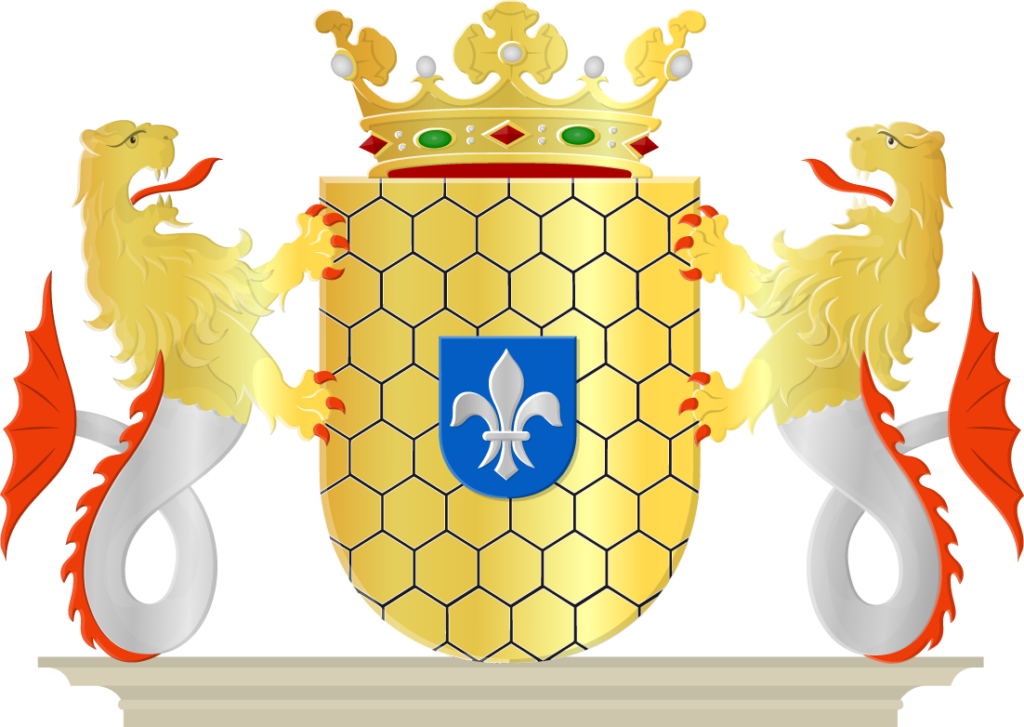
The shield is designed after the dikes that protect the city against the water from the Markermeer. The dikes are reinforced at the foot with hexagonal basalt blocks, which form the pattern on the shield. The protection is precious and that is why the shield is made of gold. The shield in the heart is the coat of arms of Ir. Lely, after whom the city is named. The lions are sea lions, they represent that the land was water before.
The Pooping Man as the "Crouching Man" is sometimes called
Exposure is a steel artwork on the Markerstrekdam at the Houtribsluizen in Lelystad by Antony Gormley. The work is also known as Crouching man (Squatting man), or popularly known as the defecating man.
BATAVIA CITY A COMMERCIAL EVENT
Batavia Stad Fashion Outlet, gelegen in Lelystad, biedt een unieke winkelervaring aan bezoekers. Dit outletcentrum is geïnspireerd op de historische havenstad Batavia en trekt jaarlijks duizenden koopjesjagers aan. Met meer dan 150 winkels biedt Batavia Stad een breed scala aan merken, variërend van high-end mode tot sportkleding en accessoires. De aantrekkelijke kortingen, vaak tot wel 70%, maken het een favoriete bestemming voor winkelliefhebbers. Naast winkelen kunnen bezoekers genieten van diverse restaurants en cafés, evenals het prachtige uitzicht op het Markermeer. Batavia Stad combineert geschiedenis, mode en recreatie, wat het een must-visit locatie maakt in Lelystad.
de bataviawerf
De Batavia in Lelystad is een indrukwekkende reconstructie van het historische VOC-schip dat in 1629 verging nabij Australië. Dit meesterwerk, voltooid in 1995, is een toonbeeld van Nederlands maritiem erfgoed. Bezoekers kunnen het schip verkennen en een stap terug in de tijd maken naar de Gouden Eeuw, toen Nederland een wereldmacht was op zee. De Bataviawerf, waar het schip ligt, biedt een uniek kijkje in de ambachtelijke scheepsbouw van die tijd. Dit levendige museum is niet alleen een eerbetoon aan de Nederlandse geschiedenis, maar ook een educatieve ervaring voor jong en oud.






